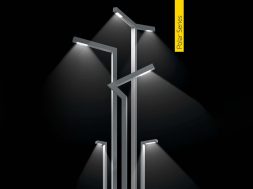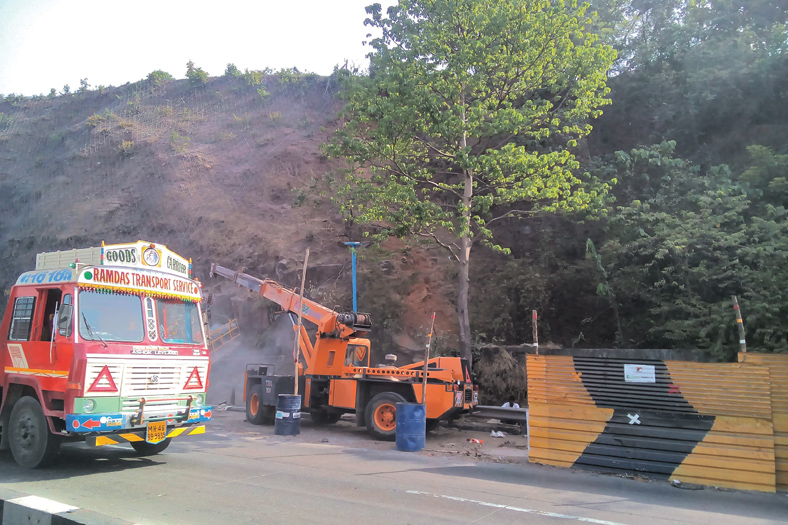Thermal insulation: a vital component for building envelope designing
Modern airport buildings offer exciting challenges requiring good engineering of the built environment. In most cases, they tend to be iconic in architectural style, while being highly demanding in their functionality.
Design for structural integrity of the building to withstand various loads and keeping deflections with in limits while keeping the architects happy presents interesting challenges to the structural engineers. Loads due to building management systems, utilities like air-handling units and others need careful compilation. Most concepts call for limiting the number of columns supporting the superstructure, with impact on possible differential deflections at various points. Final structural solutions meeting all these challenges have resulted in some of the most fascinating structural design processes.
Energy conservation is an aspect governing any built environment today. Terminals that can reduce energy consumption help lower energy-related carbon emissions and achieve significant cost savings. Optimum use of energy for maintaining comfort conditions within needs good thermal design of the building envelope, coupled with judicious building management and operational practices. Thermal insulation coupled with barriers against air and vapour movement are vital components in thermal design of the building envelope.
For optimum results out of thermal design, it is essential that we get full data on local weather system over the year and on any specifically local aspect in the weather pattern.
Terminal buildings need to provide optimum listening conditions within while encountering the highest sound pressure levels on the exterior. This calls for careful acoustical design to offer the necessary noise barrier value to the roofing, while providing acoustical absorption to the inner surface to result in minimum reverberation of sound within for clarity of announcements.
Apart from the thermal and acoustical duties, roofing system design in any airport terminal building is a special architectural feature by itself. While fulfilling these functions, it needs to provide absolute integrity against water ingress. The large catchment area presented calls for efficient and complete evacuation of rainwater, even under cloud burst conditions. Careful decisions on contours and slopes of the final surface, optimum positioning, and sizing of gutters, down comers and vents are vital.
Maximum use of daylight is called for while applying for LEED certification. This means provision of skylights over a large percentage of the roofing system with necessary light wells for passage of such daylight to the interior. Roofing system design needs careful examination of location and disposition of all skylights and very careful detailing. Incorporation of green roofs and reducing heat island effect are other important features in this direction.
Airport buildings tend to have larger linear dimensions, requiring expansion provisions to relieve thermal stresses on the structure. Roofing design needs careful examination of spacing and detailing of such locations, featuring correctly selected assemblies. Trap doors for access and provision of fall arrester system are other accessories in roofing design.
Roofing assemblies when designed to meet the above functions need to be totally fire safe and capable of meeting wind uplift forces. Both are extremely vital in any building but assume much higher importance in airport terminals. Full assemblies are to be tested and validated through proof-of-the-pudding tests by organisations like the Factory Mutual, USA.
Interface with the fascia of all types which one encounters calls for minutely refined detailing of the edges of roofing integrated with fascia design. Many a time, this aspect needs Close interaction with the owners, architects, designers and General contractors at the conceptual stage itself.
Authored by—
N. Srinivas, Mentor, Lloyd Insulations (India) Ltd.
Cookie Consent
We use cookies to personalize your experience. By continuing to visit this website you agree to our Terms & Conditions, Privacy Policy and Cookie Policy.









